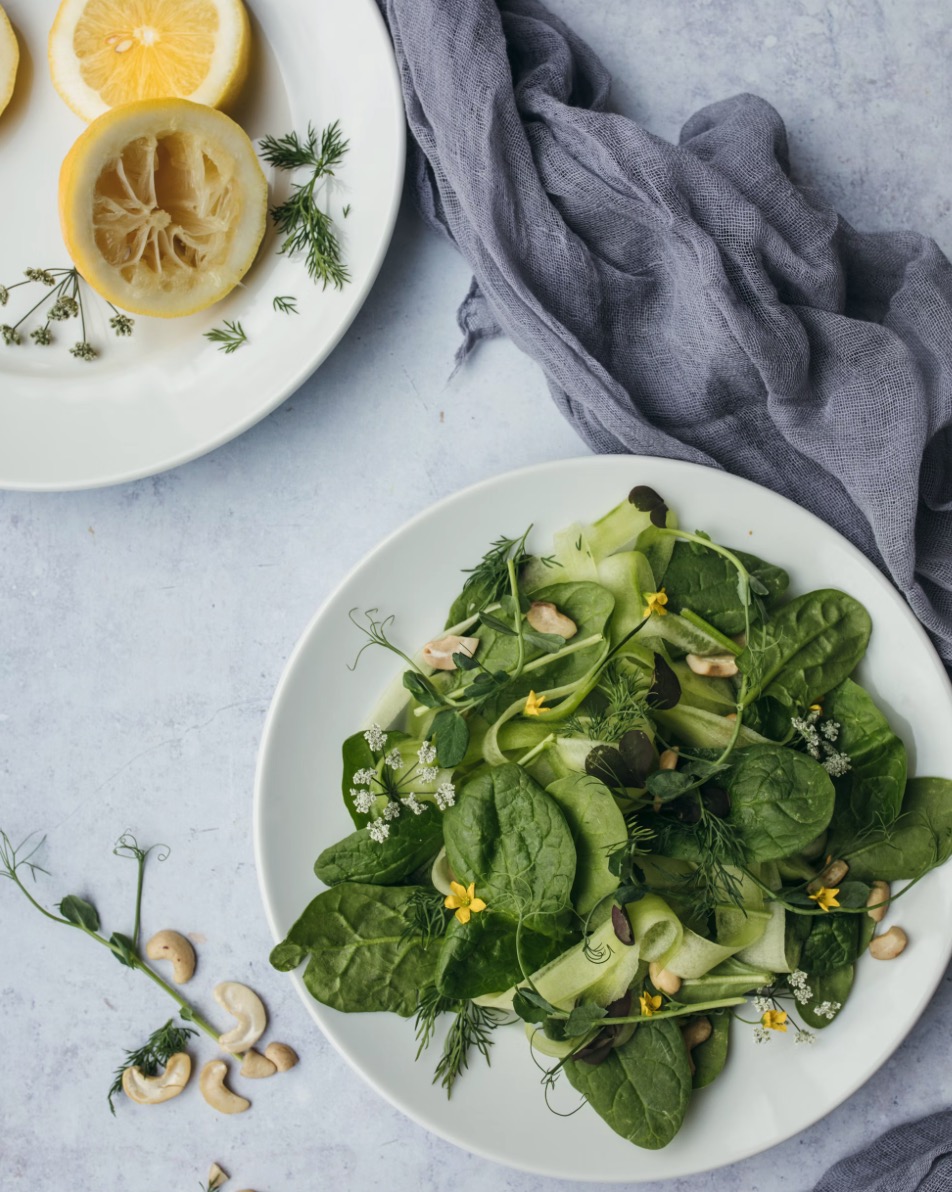Comments
HEALTHY EATING - For many college students, pasta is a go-to meal. It's cheap, easy to prepare, and can be dressed up with a variety of sauces and toppings. However, while pasta is convenient, relying on it as a staple food can have negative effects on a student's health. Diets that are overly focused on refined carbohydrates, like those found in pasta, often lack essential nutrients, especially fiber. Fiber is critical for digestive health and can improve overall well-being, which is why students need to broaden their diet to include more fiber-rich foods. This article explores why fiber is so important and how students can integrate more of it into their meals.
The Importance of Fiber
Fiber plays a significant role in maintaining digestive health. It helps regulate the body’s use of sugars, keeps hunger and blood sugar in check, and can even reduce the risk of developing chronic diseases like diabetes and heart disease. Despite these benefits, many students aren't consuming nearly enough fiber, primarily because their diet is focused on low-fiber foods such as pasta. While pasta itself is not inherently unhealthy, it is often made from refined grains that have been stripped of much of their fiber content during processing. This is a key reason why students need to diversify their meals to include more whole grains, fruits, vegetables, and legumes—all excellent sources of fiber.
Moreover, when students are overwhelmed by their busy schedules, they may not prioritize a balanced diet. But fueling the body with the right nutrients, including fiber, can improve energy levels, concentration, and overall academic performance. Adding fiber to a student’s diet doesn’t have to be complicated or time-consuming. With a bit of planning, students can easily increase their fiber intake by making simple swaps and additions to their meals. In fact, some studies have shown that improving dietary habits can even enhance cognitive function, which is crucial during stressful study periods. When it comes to academic performance, students who are struggling with their workload can always choose online essay help from EssayPro to reduce stress and stay focused on their studies.
Why Pasta Alone Isn’t Enough
Pasta can certainly have a place in a student’s diet, but eating it too frequently without balancing it with fiber-rich foods can lead to nutritional deficiencies. Many students consume white pasta, which is made from refined grains that lack the bran and germ parts of the grain—where most of the fiber resides. Without enough fiber in their diet, students may experience digestive issues such as constipation, bloating, and irregular bowel movements. Additionally, low fiber intake is linked to longer-term health risks like weight gain, inflammation, and cardiovascular disease.
Furthermore, relying on pasta often leads to missing out on a variety of other important nutrients. Fiber is not only essential for digestive health but also for maintaining a healthy gut microbiome. A diverse microbiome contributes to a stronger immune system, better metabolism, and overall well-being. Therefore, adding fiber-rich alternatives to pasta, such as whole grain pasta, quinoa, or barley, can help address these issues while still offering the convenience of a quick-cooking meal.

Incorporating Fiber into Daily Meals
Incorporating more fiber into a student’s diet doesn’t mean they have to give up pasta entirely. Instead, they can find creative ways to balance their meals by adding fiber-rich ingredients to their favorite dishes. For example, students can substitute regular pasta with whole wheat pasta or opt for legume-based pasta, which offers higher fiber content while still being easy to prepare. Pairing pasta with vegetables, legumes, or leafy greens can also significantly boost fiber intake. A simple pasta salad with chickpeas, spinach, and tomatoes offers a fiber-packed alternative to the classic spaghetti and marinara sauce.
Breakfast is another opportunity to incorporate more fiber. Instead of sugary cereals or white toast, students can opt for whole-grain oatmeal topped with fruits like berries, bananas, or apples. Smoothies made with spinach, flax seeds, or chia seeds also provide a good dose of fiber and are easy to prepare in the morning or as an afternoon snack. Adding vegetables to omelets or sandwiches and swapping out white bread for whole grain versions can be other simple ways to get more fiber.
Snacking throughout the day is another area where students can make fiber-friendly choices. Rather than reaching for chips or cookies, they can snack on fruits like apples, pears, or oranges, which are not only high in fiber but also rich in vitamins and minerals. Nuts, seeds, and dried fruits can also serve as a fiber-dense snack that’s easy to carry around campus.
The Long-Term Benefits of a Fiber-Rich Diet
One of the most significant long-term benefits of increasing fiber intake is improved digestion. Fiber helps move food through the digestive system and promotes regular bowel movements, which can prevent issues like constipation and bloating. For students who are frequently stressed, maintaining digestive health is crucial because stress can often exacerbate digestive problems. Additionally, a fiber-rich diet can help students maintain a healthy weight, as fiber helps to keep you full longer, reducing the likelihood of overeating or snacking on unhealthy foods.
Fiber can also help regulate blood sugar levels, which is particularly important for students who may be consuming a lot of sugary foods and drinks while studying. Maintaining stable blood sugar levels prevents energy crashes and can help students stay focused and alert throughout the day. Long-term, a high-fiber diet has been shown to lower the risk of developing chronic conditions like heart disease, type 2 diabetes, and certain cancers.
Overcoming Common Obstacles to Eating More Fiber
For many students, the biggest obstacle to eating more fiber is convenience. Pasta and other quick, low-fiber foods are easy to prepare and fit into a busy schedule. However, with a little planning, fiber-rich meals can be just as convenient. Meal prepping is one way students can ensure they have fiber-packed meals ready throughout the week. Preparing overnight oats, quinoa salads, or vegetable soups in advance can save time and provide an easy solution when hunger strikes between classes.
Another challenge is the perception that healthy eating is more expensive. While it’s true that some fiber-rich foods, like fresh berries or whole grains, can be pricier, there are plenty of budget-friendly options available. Lentils, beans, brown rice, and frozen vegetables are all affordable, nutrient-dense choices that are easy to incorporate into a student’s diet.
Conclusion
While pasta will always be a favorite among students, it's important to diversify meals to include fiber-rich foods for better overall health. By making simple substitutions and incorporating more fruits, vegetables, whole grains, and legumes, students can significantly increase their fiber intake. Doing so will not only improve their digestive health but also boost their energy levels, academic performance, and long-term well-being. It’s time for students to reconsider their meal choices and prioritize fiber for a healthier, more balanced lifestyle.
###

















